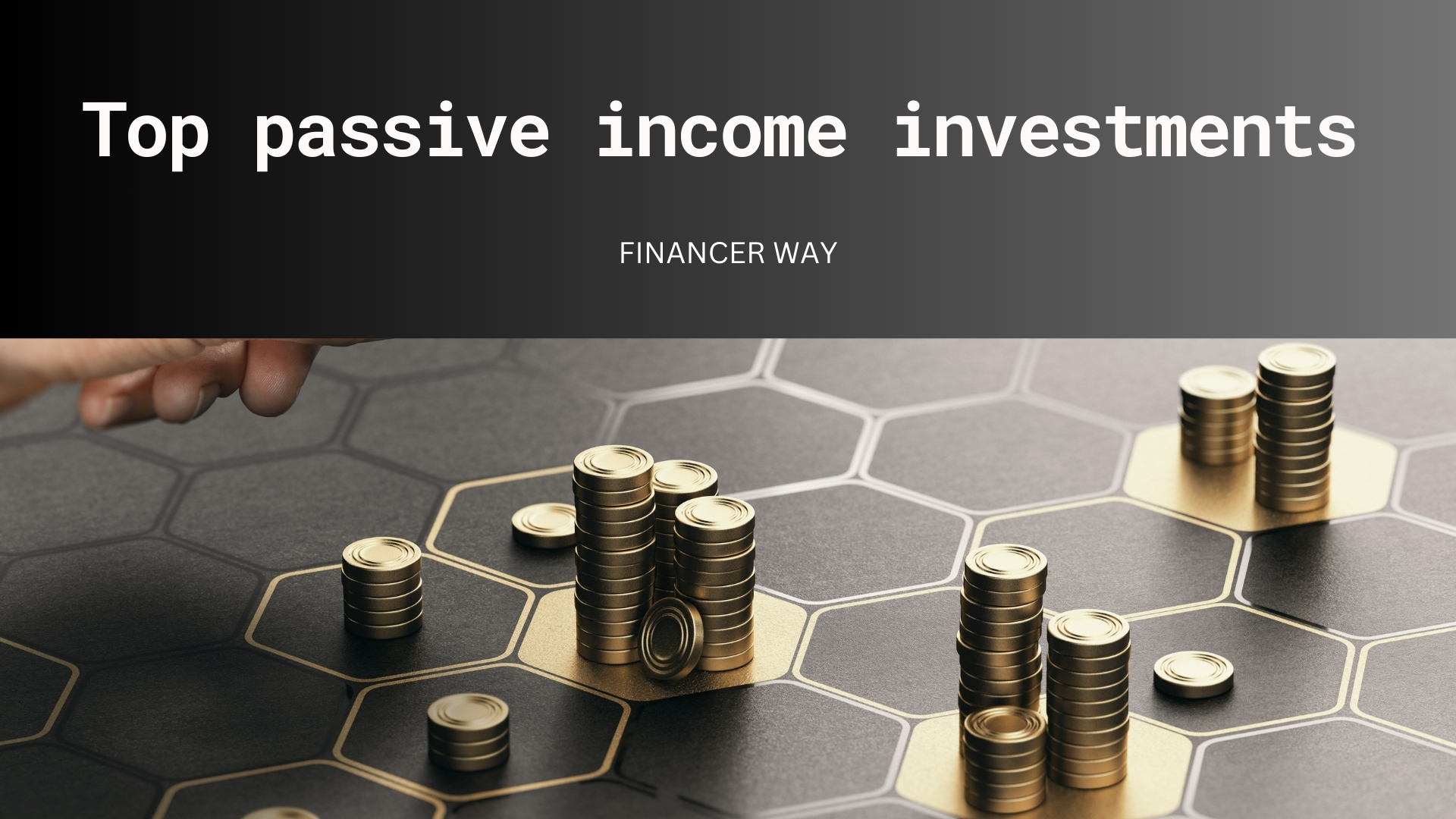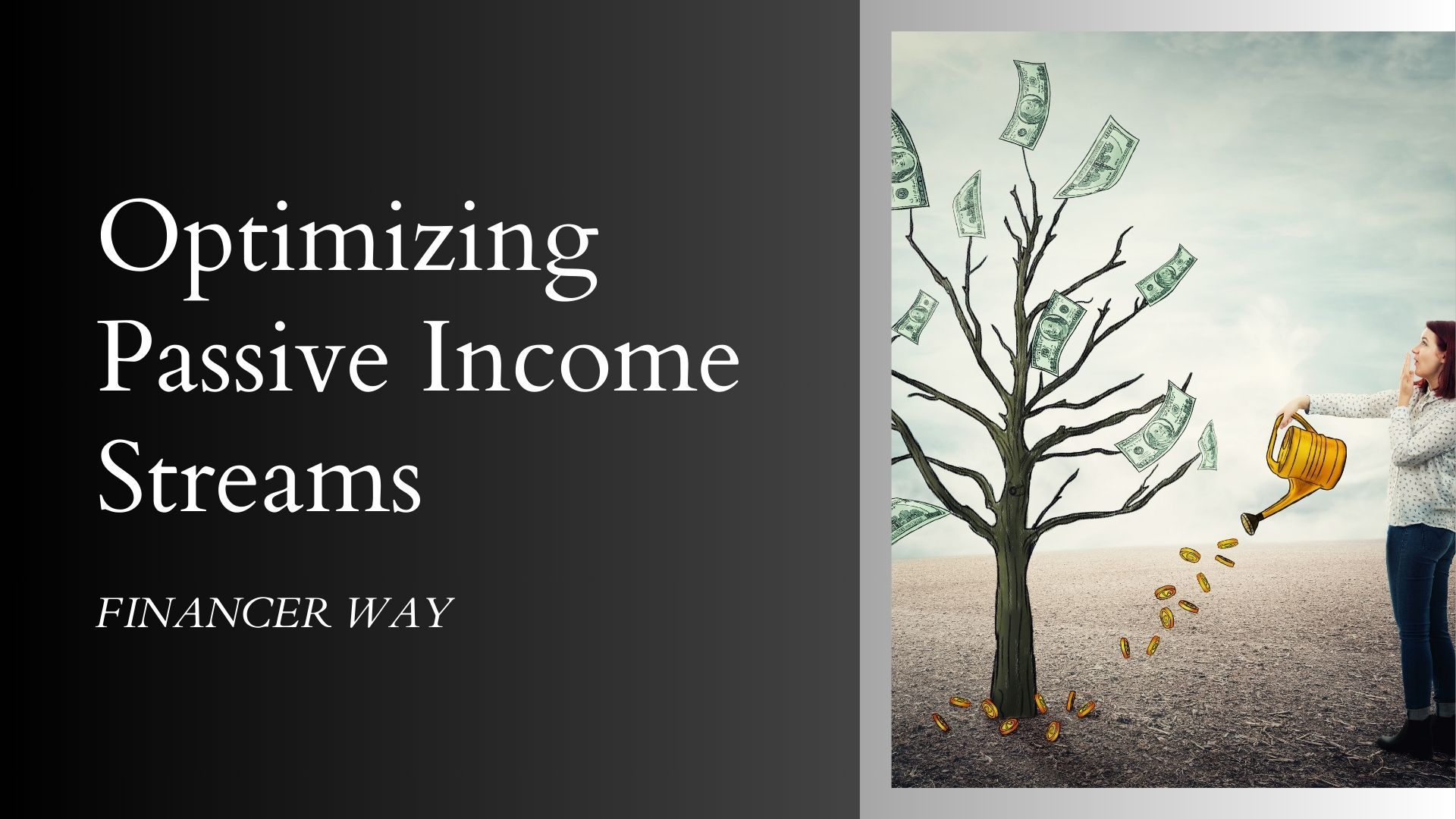“Discover the best passive income investments to grow your wealth, including dividend-paying stocks, real estate investment trusts (REITs), peer-to-peer loans, and index funds.”
Are you tired of living paycheck to paycheck? Do you dream of making money while you sleep? Passive income investing can help you achieve financial freedom and build wealth over time. In this article, we’ll learn about the best passive income investments, their benefits, and how to get started.
What is passive income?

Passive income is income that requires little or no effort to maintain. It’s the money that works for you, not the other way around. Unlike active income, which requires your direct participation, passive income streams can generate income without your constant attention.
Top passive income investments

1. Dividend Paying Stocks
Investing in established companies with a history of consistently paying dividends can provide a steady stream of income. Dividend-paying stocks provide a relatively steady source of passive income, with average returns of 3% to 6% annually.
2. Real Estate Investment Trust (REIT)
REITs allow people to invest in real estate without directly managing the properties. You can earn rental income with average returns of 4% to 8% per annum without any work.
3. Peer-to-peer lending
Platforms like Lending Club and Prosper allow you to lend money to individuals or small businesses while earning interest on your investments. P2P loans offer returns between 5% to 7% per year.
4. Index Funds and ETFs
Investing in a diversified portfolio of stocks or bonds through index funds or ETFs can generate passive income through dividends, interest or capital gains. Average returns range between 4% to 8% per annum.
5. Rent on Airbnb
If you have a spare room or vacation property, renting it out on Airbnb can generate passive income by hosting travelers. Refunds vary by location and occupancy rate.
6. Royalty generating assets
Investing in creative works such as music, art or literature can generate passive interest through royalties. Returns vary depending on the popularity and use of the property.
7. Creating and Selling Online Courses
Sharing your expertise through online courses can generate passive interest through course sales. Platforms like Udemy, Teachable or Skillshare make it easy to create and distribute your content.
Getting Started with Passive Income Investing

- Set clear financial goals: Determine how much passive interest you need to reach your goals.
- Assess your risk tolerance: Choose investments that suit your comfort level.
- Start small: Start with a manageable amount and gradually increase your investment.
- Diversify your portfolio: Spread your investments across different asset classes to reduce risk.
- Automate your investments: Set up regular transfers to make investing a habit.
- Monitor and adjust: Review your investments periodically and rebalance your portfolio as needed.
Conclusion
Passive income investing offers a powerful way to build wealth and achieve financial freedom. By understanding your options and starting small, you can create a steady source of income that will work for you. Remember to diversify, automate and monitor your investments to maximize your returns.
Frequently Asked Questions
1. What is the best passive income investment for beginners?
A. Dividend-paying stocks or index funds are great starting points, as they provide a relatively stable source of passive interest.
2. How much money do I need to start investing in passive interest?
A. You can start with as little as $100 or $1000 depending on the investment platform or brokerage firm.
3. What is the average investment return for passive income investing?
A. Returns vary by investment, but average returns range from 3% to 8% annually.
4. How can I reduce risk in passive interest investing?
A. Diversify your portfolio, assess your risk tolerance and start with a manageable amount to reduce risk.
5. Can I invest in passive interest with a small amount?
A. Yes, many investment platforms and apps offer micro-investing options or minimum balance requirements.
If you follow this guide and start your passive income journey today, you can take that first trip.
More Information
- Advantages: Passive interest investing can provide tax benefits, diversification and long-term growth.
- Risk: Investing involves risks, such as market volatility, tenant vacancies, or borrower default.
- Getting started: Do your research, set clear goals and consult a financial advisor if necessary.
